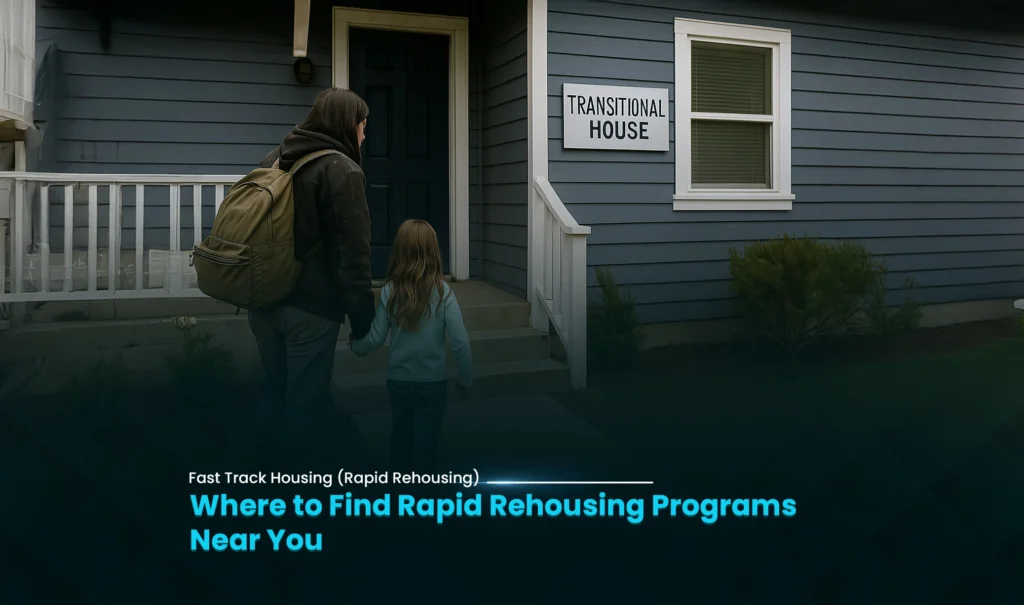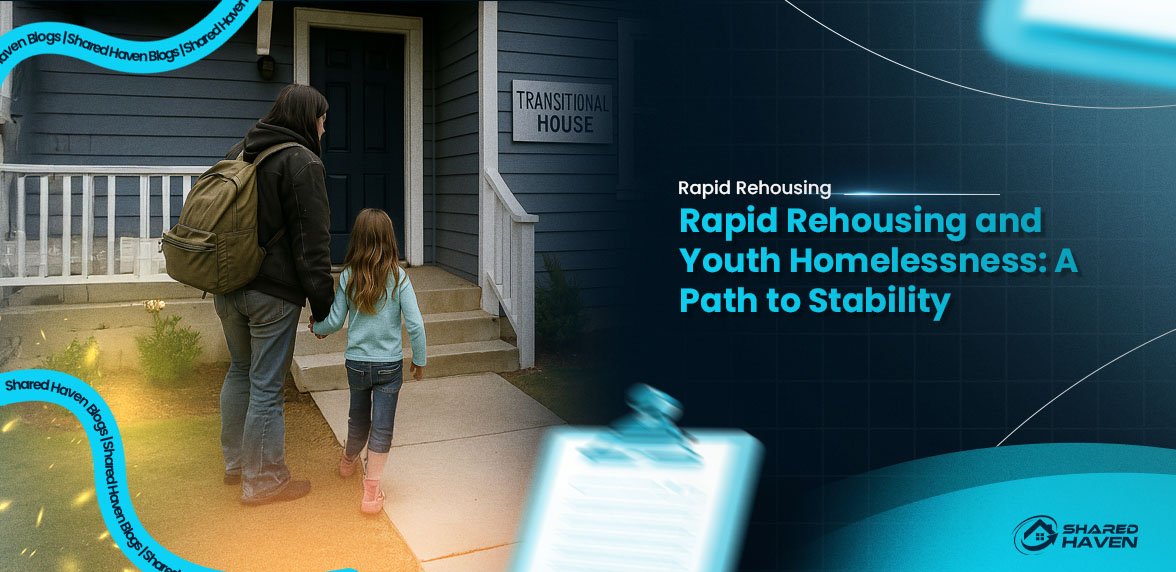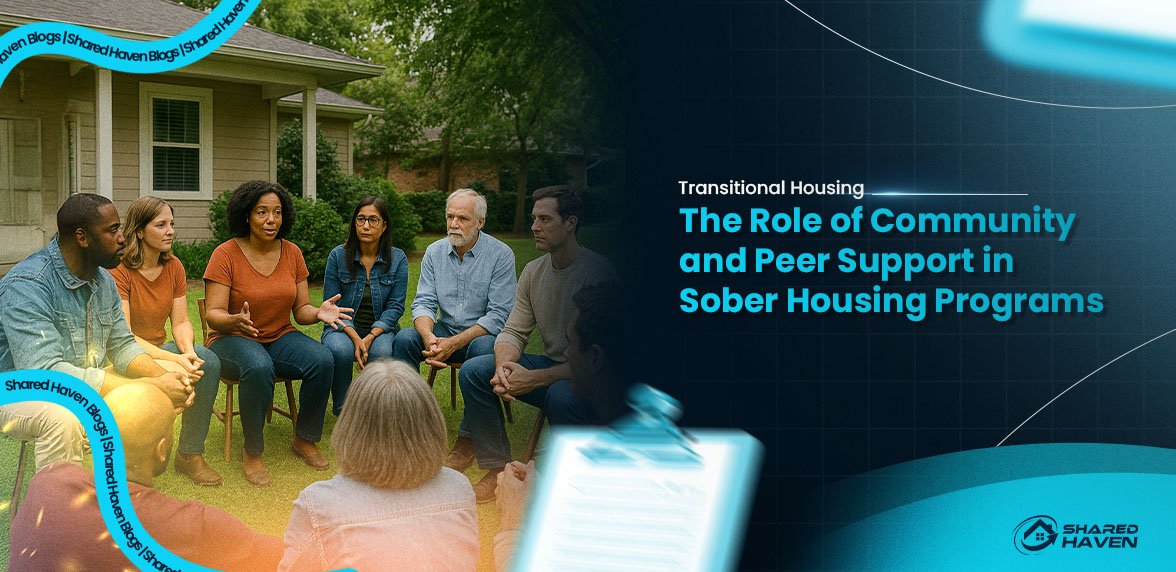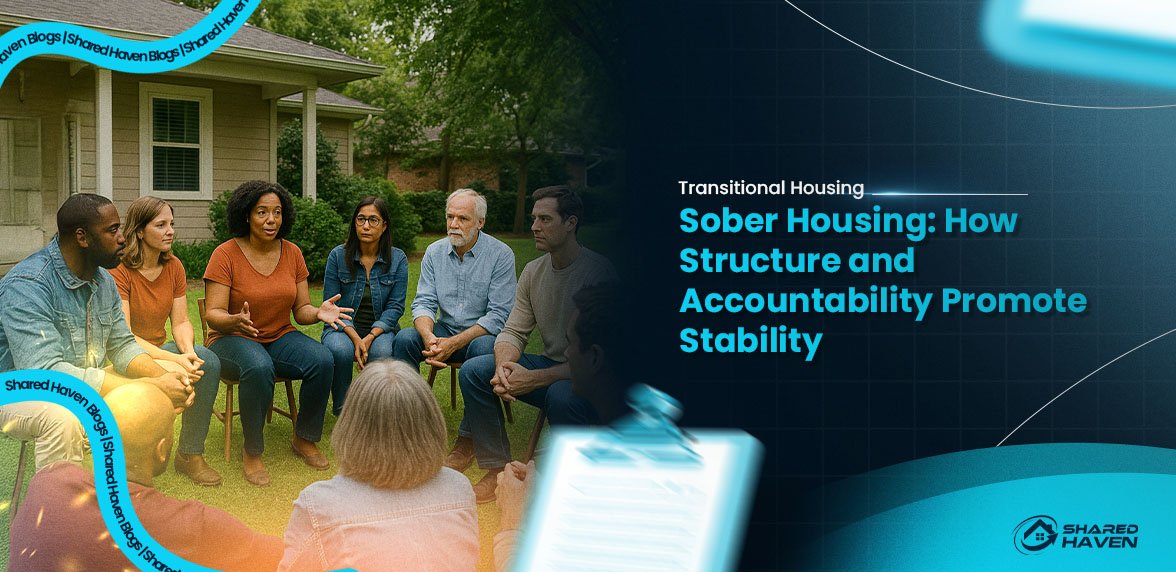Rapid Rehousing: How Much Support Does It Really Provide?
Experiencing homelessness, consequently, brings immense instability. Therefore, finding a stable place to live, furthermore, becomes the most urgent need. Rapid Rehousing has, moreover, emerged as a key solution. It, additionally, focuses on quickly moving individuals and families into permanent homes. While many people understand this goal, they often ask, “How much support does Rapid Rehousing actually provide?”
The level of support is flexible and tailored to each person. Consequently, it aims to empower individuals toward lasting self-sufficiency. In this blog, you’ll discover the various types and depths of assistance offered by Rapid Rehousing programs.
Understanding the Philosophy Behind Rapid Rehousing Support
Rapid Rehousing operates on a “Housing First” philosophy. That means housing, consequently, comes first, and other needs follow. Once someone is housed, they are, furthermore, in a better place to handle additional challenges.
Importantly, the support is designed to be “just enough, just in time.” This approach, moreover, focuses on tailored assistance rather than a one-size-fits-all model. As a result, it, consequently, helps people quickly gain stability and encourages self-reliance instead of long-term dependence.
Core Components of Support in Rapid Rehousing
The support in Rapid Rehousing programs typically falls into three categories. Each plays, furthermore, a vital role in successful placement and long-term housing stability.
Rapid Rehousing and Housing Identification Support
The first area of support, consequently, helps individuals secure housing. Programs, moreover, go beyond giving apartment listings—they actively help clients find homes.
Landlord Engagement: Outreach teams build relationships with landlords and, furthermore, work to bring new ones on board. As a result, they, consequently, help overcome barriers and offer reassurances to landlords when needed.
Housing Search Help: Case managers help clients identify available units and, furthermore, assist with applications. Additionally, they may, moreover, even attend property viewings. This makes the process, consequently, much faster.
Removing Barriers: Case managers also work to resolve common housing barriers. These could, for example, include bad credit or past evictions. Furthermore, they, moreover, offer mediation and explain tenant rights.
Rapid Rehousing and Financial Assistance
Financial aid is, furthermore, one of the most important parts of Rapid Rehousing. This support is temporary but essential.
Move-in Costs: Programs usually cover major upfront expenses. These often include security deposits and first month’s rent. Consequently, this helps clients move in without financial delays.
Temporary Rent Help: Many clients, furthermore, receive short-term rent assistance. This could, moreover, last a few months or up to 24 months. The support amount may, consequently, decrease as income grows. Therefore, it, furthermore, encourages financial independence.
Utility Support: Programs often help with utility setup and bill payments. This, furthermore, ensures the home is livable from day one. Moreover, it, additionally, reduces financial stress.
Paying Past Debts: Sometimes, programs, furthermore, help with past rent balances or application fees. Removing these roadblocks, in turn, speeds up access to housing.
Rapid Rehousing and Case Management Services
Beyond financial aid, ongoing case management makes a huge difference. This support, consequently, keeps clients housed and connects them to community resources.
Individual Assessments: Case managers start by understanding each client’s specific needs. This, consequently, leads to a customized support plan. In turn, this, furthermore, ensures that each client receives focused care.
Goal Planning: Clients, furthermore, work with their case manager to set goals. These often, moreover, focus on staying housed, earning more income, or managing health.
Life Skills Building: Programs, moreover, teach essential skills like budgeting and cleaning. Additionally, clients also learn their rights and responsibilities as tenants.
Resource Referrals: Case managers connect clients to long-term services. This may, for example, include job training, health care, mental health support, or child care.
Problem-Solving Support: When issues arise—such as landlord disputes—case managers, furthermore, step in to help. They, moreover, offer quick solutions to prevent setbacks. As a result, clients, consequently, feel supported throughout the process.
Follow-Up Help: Some programs, furthermore, stay in touch even after rental support ends. This, consequently, helps clients maintain their progress and avoid homelessness again.
The Flexibility of Rapid Rehousing Support
Rapid Rehousing support varies based on each person’s situation. Programs, furthermore, use a “progressive engagement” model. They start with minimal help and, furthermore, increase support only if needed.
This method, consequently, ensures resources are used wisely and that clients stay in control of their journey. It, furthermore, also gives people room to grow their independence.
Some clients need just a security deposit. Others may, furthermore, need months of rental support and frequent case management. Either way, the level of help, consequently, changes to fit their needs.
Why Rehousing Support Works
This flexible and focused approach, furthermore, delivers strong results.
Removes Barriers: By covering move-in costs, the program clears early roadblocks. Clients can, consequently, move in quickly. Furthermore, they can, moreover, focus on rebuilding their lives.
Creates Stability: Housing reduces stress and, moreover, gives people space to focus on other goals. Therefore, it, consequently, improves overall well-being.
Promotes Independence: As support decreases, clients, moreover, take on more responsibility. This, consequently, helps build confidence. Moreover, it, additionally, encourages financial stability.
Cost-Effective: Rapid Rehousing is often cheaper than long-term shelter use. It, furthermore, allows more people to be served. In the long run, it, consequently, saves public resources.
What Rapid Rehousing Expects from Clients
While Rapid Rehousing provides crucial support, clients, furthermore, also have a role to play.
Be Involved: Clients are expected to search for housing and, furthermore, attend meetings. They should, additionally, also take part in suggested services. This engagement is, consequently, key to success.
Work Toward Goals: Clients are encouraged to follow their support plan. This, moreover, includes earning more income and staying housed. Over time, this, consequently, builds independence.
Share Rent: As income rises, clients, moreover, take on more of the rent. This, consequently, prepares them for full independence. Additionally, it, furthermore, promotes financial accountability.
Respect the Home: Clients must, furthermore, care for their home, follow lease rules, and respect their neighbors. In doing so, they, consequently, build positive rental histories.
Conclusion:
Rapid Rehousing offers a smart mix of help. It, furthermore, gives temporary financial aid and ongoing case management. Support levels, moreover, change based on what each person needs.
This approach, consequently, helps people leave homelessness behind and stay housed. By understanding how Rapid Rehousing support works, individuals can, furthermore, take the next step. With the right help and your active involvement, stable housing is, consequently, within reach.
National Hot Line for Homelessness





